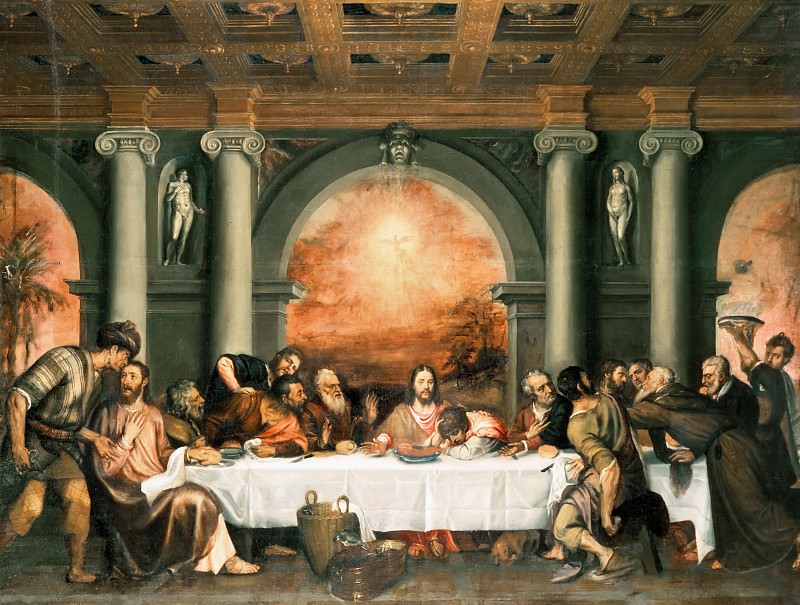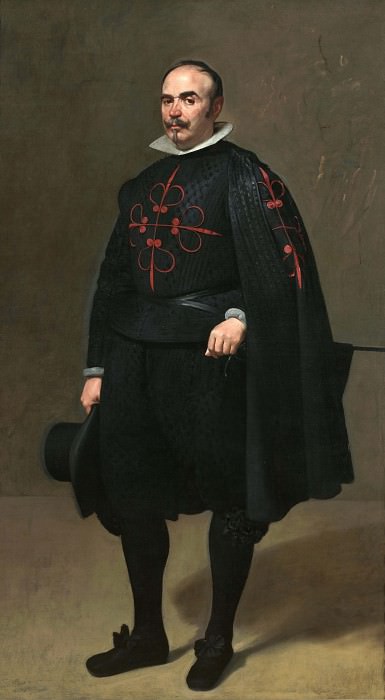The Art of Drawing: A Journey into Creativity
Drawing is one of the most ancient and fundamental forms of human expression. It transcends time and culture, capturing the essence of the human experience. Whether it’s the detailed sketches of Renaissance artists or the simplistic beauty of a child's doodle, drawing has a unique power to communicate ideas, emotions, and stories.
The History of Drawing
The history of drawing is as old as human history itself. Early humans used drawing as a means to communicate and document their lives. The cave paintings in Lascaux, France, dating back to around 17,000 years ago, are some of the earliest examples of human drawing. These primitive drawings depicted animals and hunting scenes, giving us a glimpse into the daily lives of prehistoric people.
As civilizations evolved, so did the art of drawing. Ancient Egyptians used drawings to decorate tombs and temples, creating intricate and symbolic images that told stories of gods, kings, and the afterlife. In ancient Greece and Rome, drawing became an essential part of art and education, with artists like Apelles and Pliny the Elder documenting techniques and styles that influenced generations.
During the Renaissance, drawing reached new heights of sophistication. Artists like Leonardo da Vinci, Michelangelo, and Raphael used drawing not just as a preliminary step for their paintings and sculptures, but as a medium in its own right. Their detailed sketches and studies of anatomy, perspective, and light were masterpieces of observational drawing.
The Techniques of Drawing
Drawing encompasses a wide range of techniques, each offering different ways to explore and express creativity. One of the most fundamental techniques is line drawing, which uses lines to define shapes and forms. This technique can be seen in everything from simple line art to complex architectural sketches.
Shading is another critical technique, allowing artists to create depth and dimension in their drawings. By varying the intensity and direction of their strokes, artists can simulate light and shadow, giving their drawings a three-dimensional appearance. Techniques like cross-hatching, stippling, and blending are commonly used to achieve different shading effects.
Perspective drawing is crucial for creating realistic and proportionate images. This technique involves representing three-dimensional objects on a two-dimensional surface in a way that mimics how they appear to the human eye. Linear perspective, which uses vanishing points and converging lines, and atmospheric perspective, which uses color and clarity to create depth, are essential skills for any serious artist.
The Materials of Drawing
The materials used for drawing are as diverse as the techniques themselves. Pencils are perhaps the most common drawing tool, available in various grades of hardness to achieve different effects. Graphite pencils range from hard (H) to soft (B), with harder pencils producing lighter lines and softer pencils creating darker, richer marks.
Charcoal is another popular medium, known for its rich, dark tones and versatility. It can be used for quick, expressive sketches or detailed, refined drawings. Charcoal sticks, pencils, and powder offer a range of possibilities for artists.
Ink drawing, using pens or brushes, allows for precise and permanent lines. This medium is often used for detailed illustrations, comics, and calligraphy. The variety of nibs and brushes available provides artists with a wide range of line weights and textures.
Pastels, both oil and chalk, are used for their vibrant colors and blendable qualities. They are particularly popular for portrait and landscape drawings. The softness of pastels allows for smooth transitions between colors, making them ideal for creating atmospheric effects.
The Styles of Drawing
Drawing can be categorized into various styles, each with its unique characteristics and aesthetic appeal. Realism focuses on depicting subjects as accurately and truthfully as possible, often with meticulous attention to detail. Artists like Albrecht Dürer and John Singer Sargent are renowned for their realistic drawings.
Impressionism, on the other hand, emphasizes capturing the essence and mood of a scene rather than its precise details. This style often uses loose, gestural marks and a focus on light and color. Edgar Degas and Mary Cassatt are notable artists who employed impressionistic techniques in their drawings.
Abstract drawing moves away from realistic representation, using shapes, lines, and colors to express emotions and ideas. This style can be highly personal and interpretive, allowing for a wide range of artistic expression. Artists like Wassily Kandinsky and Paul Klee explored abstraction in their work.
Cartooning and caricature are styles that exaggerate features for humorous or satirical effect. These drawings are often simple and stylized, focusing on capturing the essence of the subject in a way that is easily recognizable and engaging. Famous cartoonists like Charles Schulz and caricature artists like Al Hirschfeld have made significant contributions to these styles.
The Importance of Drawing in Modern Art
In the modern art world, drawing continues to play a crucial role. It serves as the foundation for many artistic disciplines, from painting and sculpture to digital art and animation. The skills and techniques developed through drawing are essential for artists working in various mediums.
Contemporary artists often use drawing as a means of exploring and developing ideas. It allows for experimentation and spontaneity, providing a space for artists to work through concepts and refine their vision. Drawing can be a deeply personal and introspective process, offering insights into the artist's mind and creative process.
In digital art, drawing skills are equally important. Many digital artists begin their work with sketches, using drawing tablets and software to create digital drawings that can be further developed into complex artworks. The principles of traditional drawing, such as perspective, shading, and composition, are just as relevant in the digital realm.
The Therapeutic Benefits of Drawing
Beyond its artistic value, drawing has numerous therapeutic benefits. It can be a powerful tool for self-expression and emotional release, helping individuals to process their thoughts and feelings. Art therapy often incorporates drawing as a means of exploring emotions and experiences, providing a non-verbal outlet for communication.
Drawing can also improve cognitive and motor skills. The act of drawing requires fine motor control, hand-eye coordination, and spatial awareness, all of which are beneficial for brain development and function. For children, drawing is a vital part of learning and development, aiding in visual thinking and problem-solving.
Moreover, drawing can be a relaxing and meditative practice. The focus and concentration required can help reduce stress and anxiety, providing a sense of calm and mindfulness. Many people find that drawing helps them to unwind and connect with their inner selves.
Learning to Draw: Tips and Resources
For those interested in learning to draw, there are numerous resources and tips to get started. One of the most important aspects of learning to draw is practice. Regular, consistent practice helps to develop skills and build confidence. Starting with simple exercises, such as basic shapes and lines, can provide a solid foundation.
Observation is key to improving drawing skills. Studying real-life objects, people, and environments helps to develop an understanding of form, proportion, and perspective. Drawing from life, rather than photographs, can enhance observational skills and provide a deeper connection to the subject.
There are many online resources available for aspiring artists. Tutorials, courses, and instructional videos can provide guidance and inspiration. Websites like YouTube, Skillshare, and Udemy offer a wide range of drawing lessons for all skill levels. Additionally, books and magazines dedicated to drawing techniques and art history can be valuable resources.
Joining a drawing group or class can also be beneficial. It provides an opportunity to learn from others, receive feedback, and stay motivated. Many communities have art centers or workshops that offer drawing classes for different age groups and skill levels.
Conclusion
Drawing is a timeless and universal form of art that continues to captivate and inspire. From the earliest cave paintings to contemporary digital art, drawing has evolved and adapted, remaining a fundamental means of human expression. Whether used for artistic creation, personal exploration, or therapeutic purposes, drawing offers endless possibilities for creativity and connection. Embracing the art of drawing can lead to a deeper appreciation of the world around us and a richer understanding of our own creative potential.




